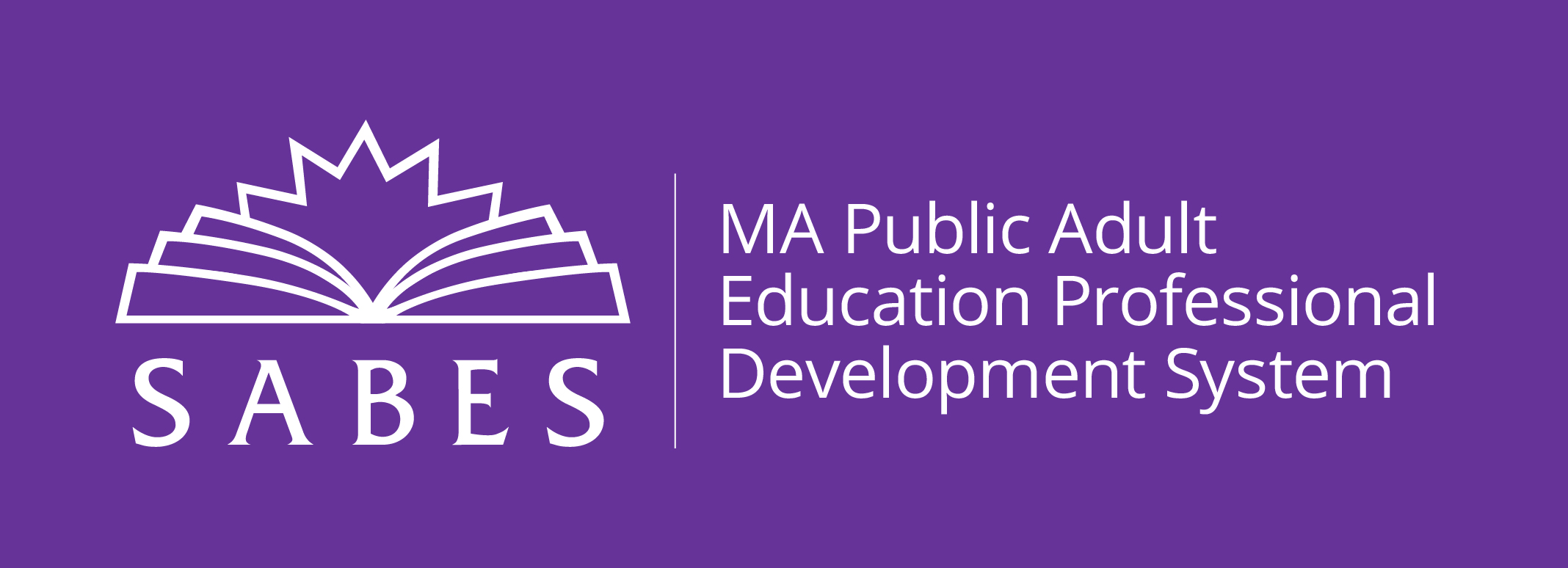As adult educators, we know that students come to our classrooms with a wide range of learning challenges, but very few have a formal diagnosis. So, how do we better understand and meet the needs of all students, even in the absence of a diagnosed learning disability? Here are three strategies you can use to understand and address learning differences in the ABE English language arts (ELA) classroom.
- Get to know students' learning needs
- Provide modeling and support
- Differentiate instruction
Get to Know Students’ Learning Needs
Understanding students’ learning needs is an important first step in ensuring their success. Talking with students about their prior experiences in school and what helps them learn is a good place to start.
In ELA classes, reading and writing diagnostic assessments are tools you can use to identify students’ strengths and weaknesses and inform your instruction. While most reading tests assess comprehension, they do not provide information about phonics, fluency, or vocabulary skills. These skills can have a big impact on how well a student reads. With assessment results in hand, prioritize instruction and choose texts at the right level. Similarly, consider using diagnostic assessments of writing to focus writing instruction based on a student’s current skills.
Provide Modeling and Support
A second way to support students with learning differences is to provide modeling and support as they master new skills. While this is important for all students, it’s especially important for students with known disabilities or learning challenges.
So how do we do this in the ELA classroom? First, remember to follow the steps of explicit instruction. Provide plenty of modeling and guided practice before asking students to try something themselves. This helps ensure that students are set up for success. Scaffolding for students is also important. During reading and writing lessons, provide graphic organizers to help structure comprehension and writing tasks. Use writing frames to provide structure and transition words as another way to scaffold instruction. Also vary how instruction is delivered. You might try using short videos in class to help students build background information on a topic before reading, or try including kinesthetic approaches, such as working with letter or syllable tiles during phonics lessons.
Differentiate Instruction
Last but not least, think about differentiating instruction to meet all learners’ needs. Jeanne Almanzar, Assistant Program Coordinator of the Valley Opportunity Council Adult Education Program, shares that differentiating instruction is like hosting a dinner gathering. Some guests may be gluten-free, some may be vegetarian, and others may be dairy-free. They don’t all eat the same thing, but at the end of the evening, everyone is full and happy. She encourages teachers at her program to think about ways to differentiate. “I have introduced resources such as NewsELA, The Change Agent, and Reading Skills for Today’s Adults as places to get differentiated reading materials that allow the class to be looking at the same content at an appropriate instructional level.”
Ms. Almanzar and her staff also talk about differentiation strategies during staff meetings. For example, they discuss “differentiating by content in order to give students some choice in their learning and by final product, so that students can show their learning in a variety of ways.” Students may all work on a biography assignment, but they may pick a different person to read and write about, and the reading level of the text and final assignment may vary depending on the student.
Meeting the needs of all learners, especially those with learning differences and disabilities, can be challenging, but SABES is here to help you.
Here are some upcoming ELA PD events:
- Introduction to Diagnostic Assessment of Reading (Self-Paced Modules)
- Alphabetics (Self-Paced Modules)
- Scaffolded Writing Strategies: From Sentences to Paragraphs (Online Facilitated)
- Assessing Writing: Diagnostic, Formative, and Summative Strategies (In person, Boston)
- ELA Instructional Strategies and Study Skills for Students With Language-Based Learning Disabilities (In person with follow-up webinar, Waltham)
Visit the SABES ELA website for additional information on diagnostic assessments and differentiation, and to see the full calendar of PD events.


